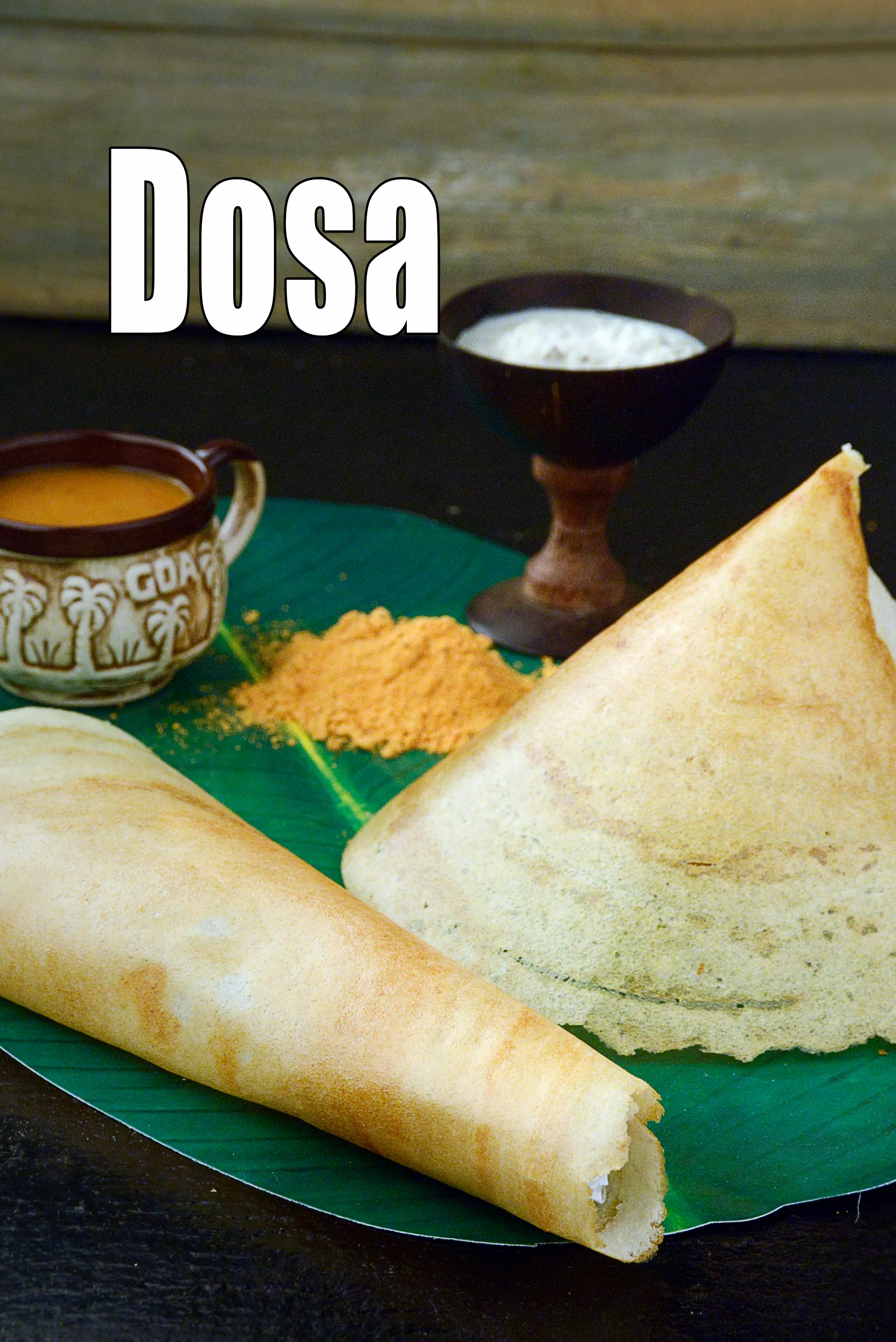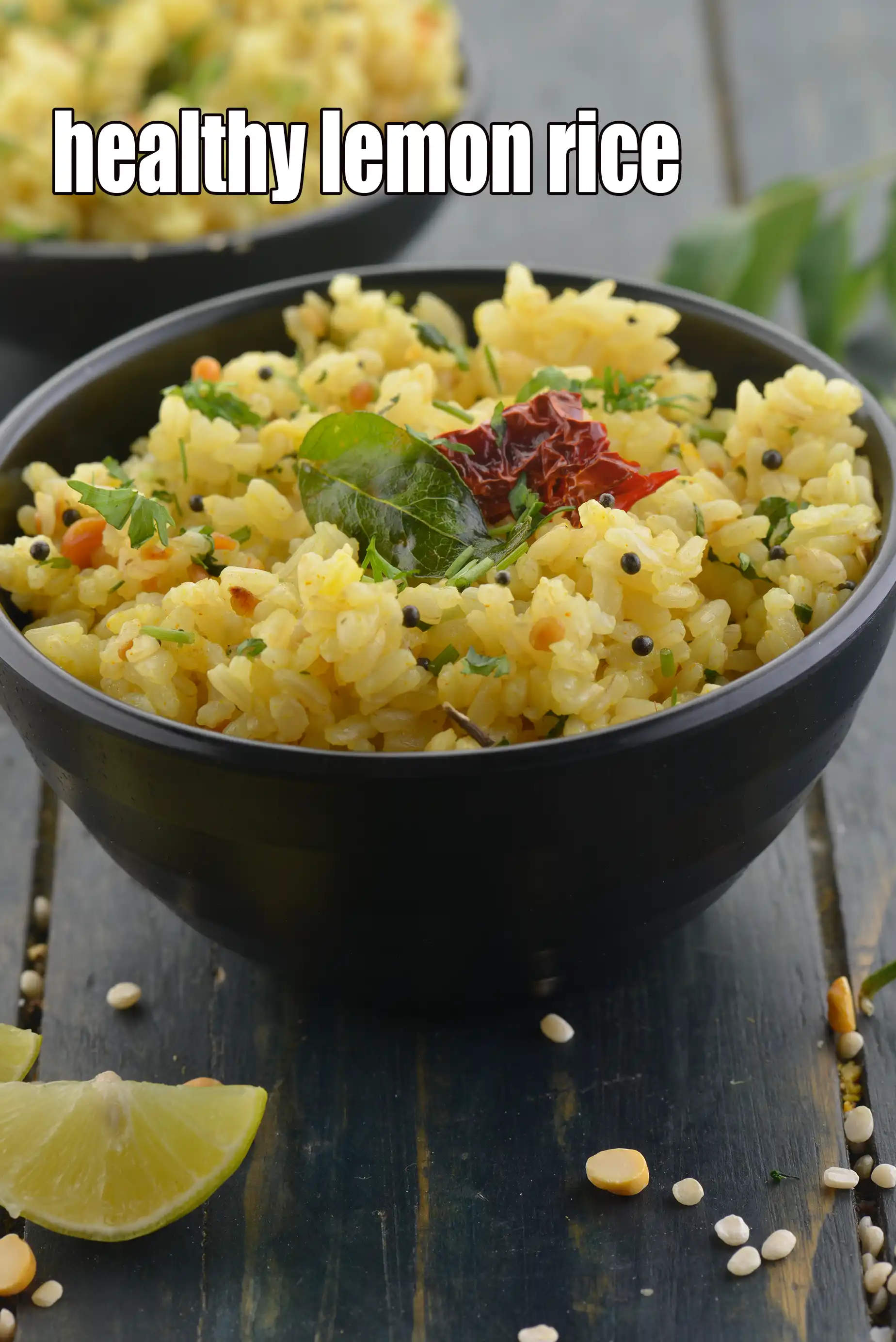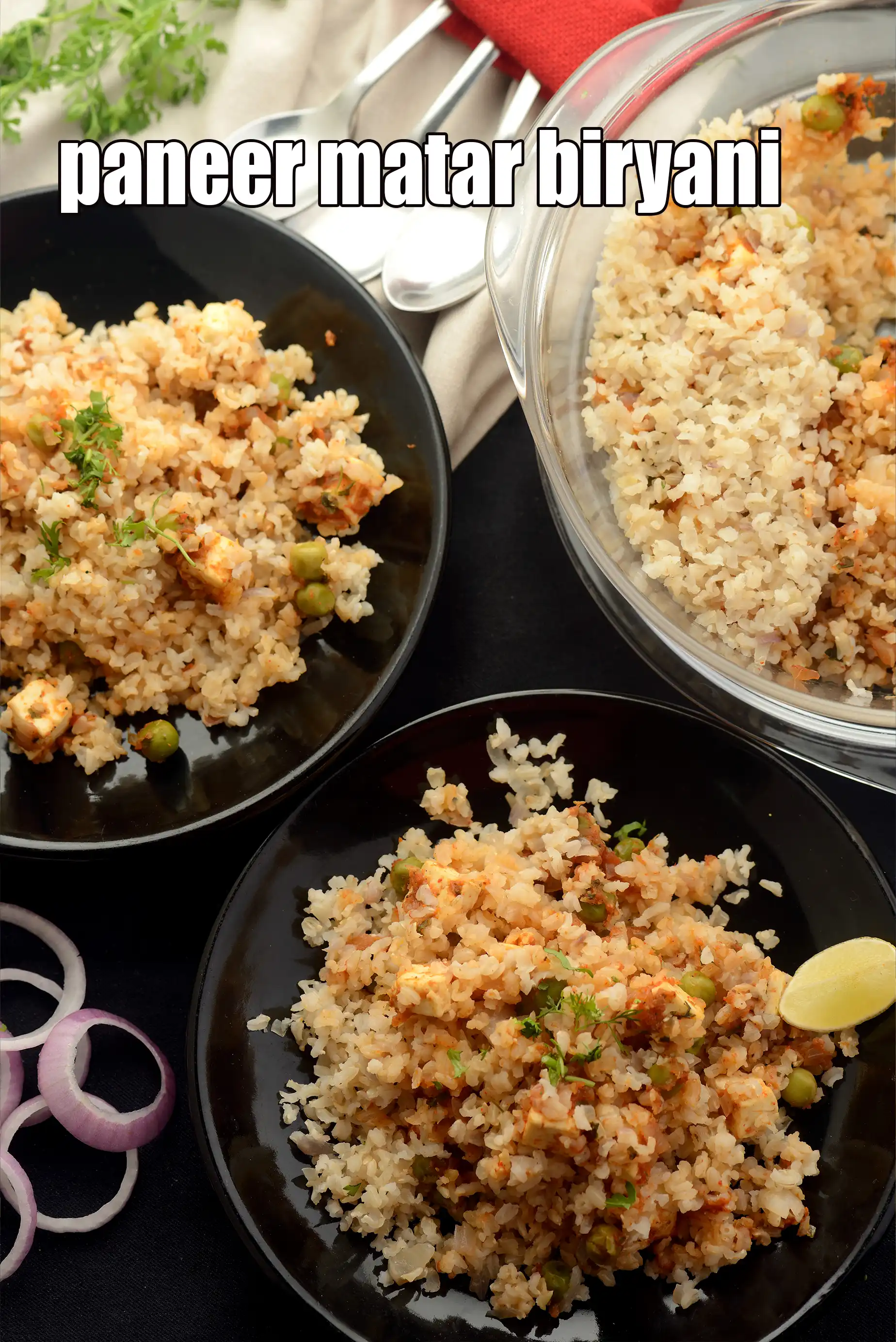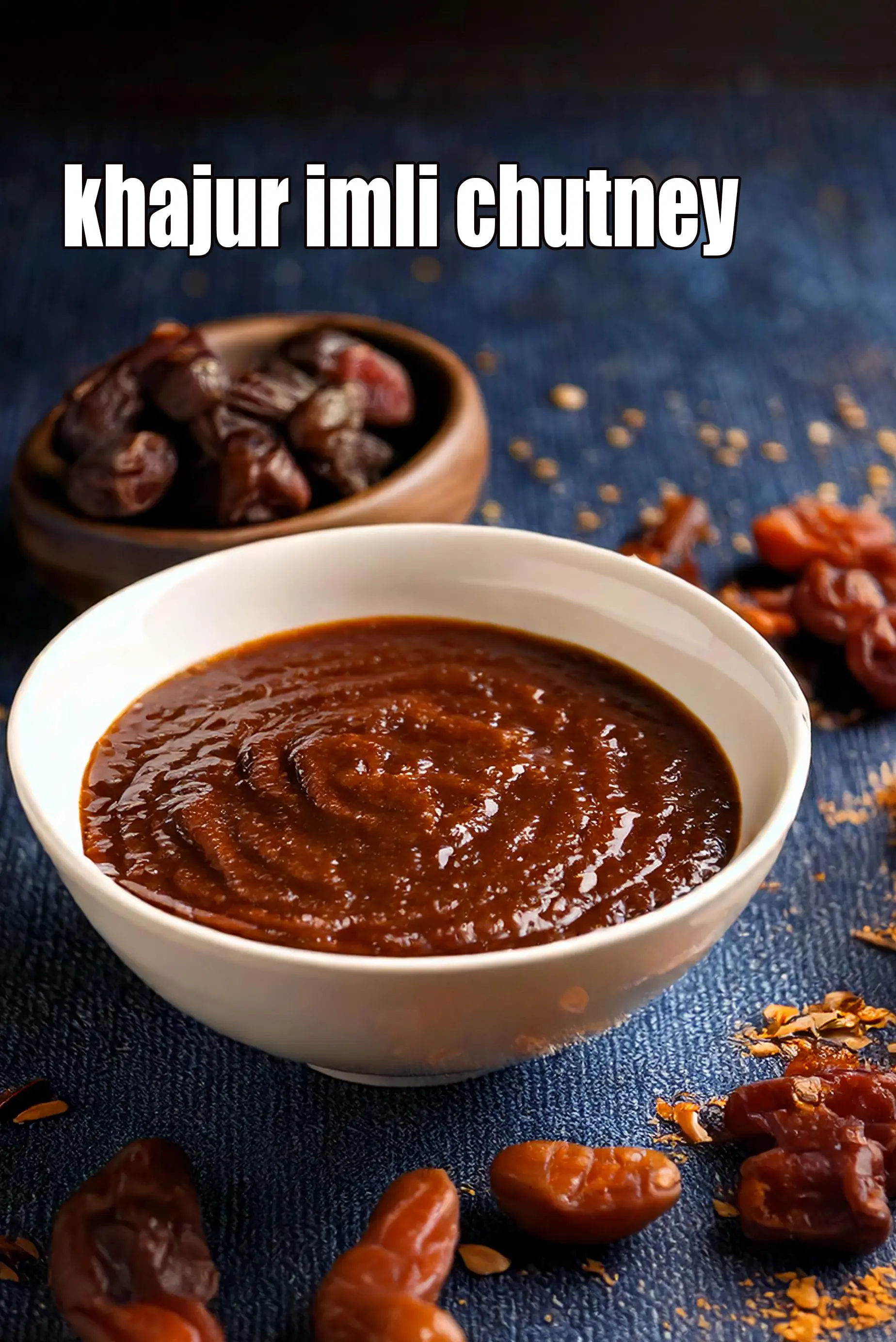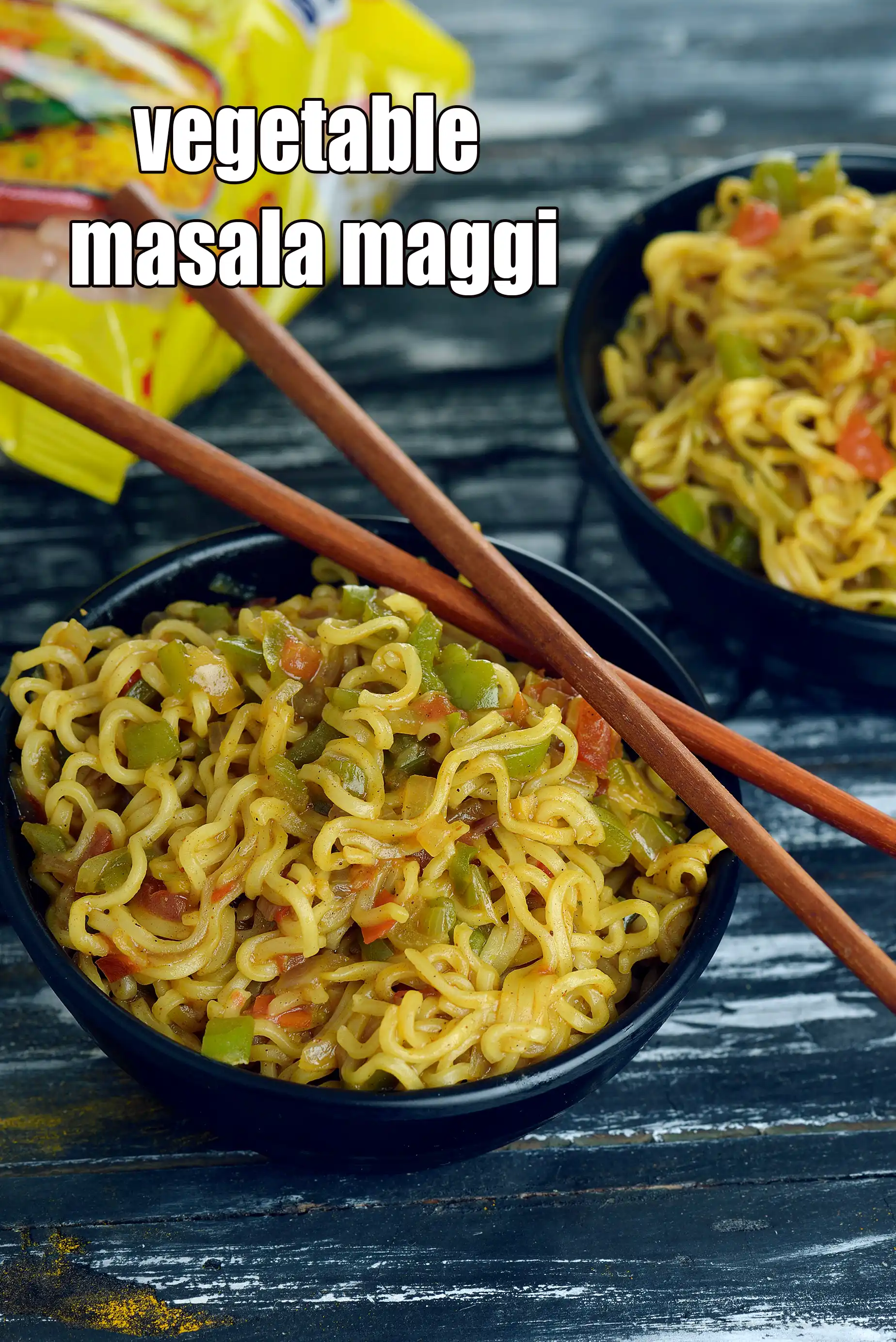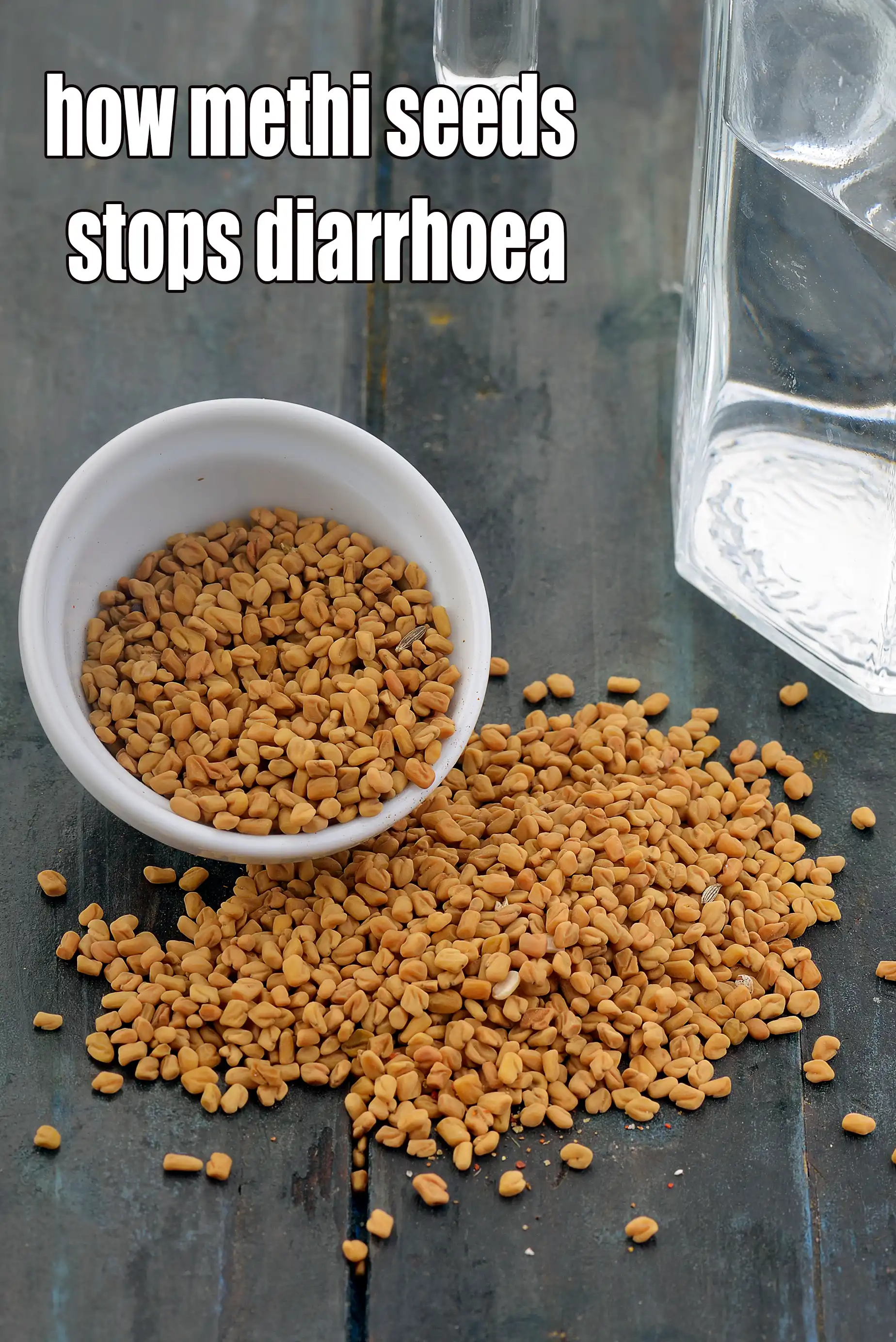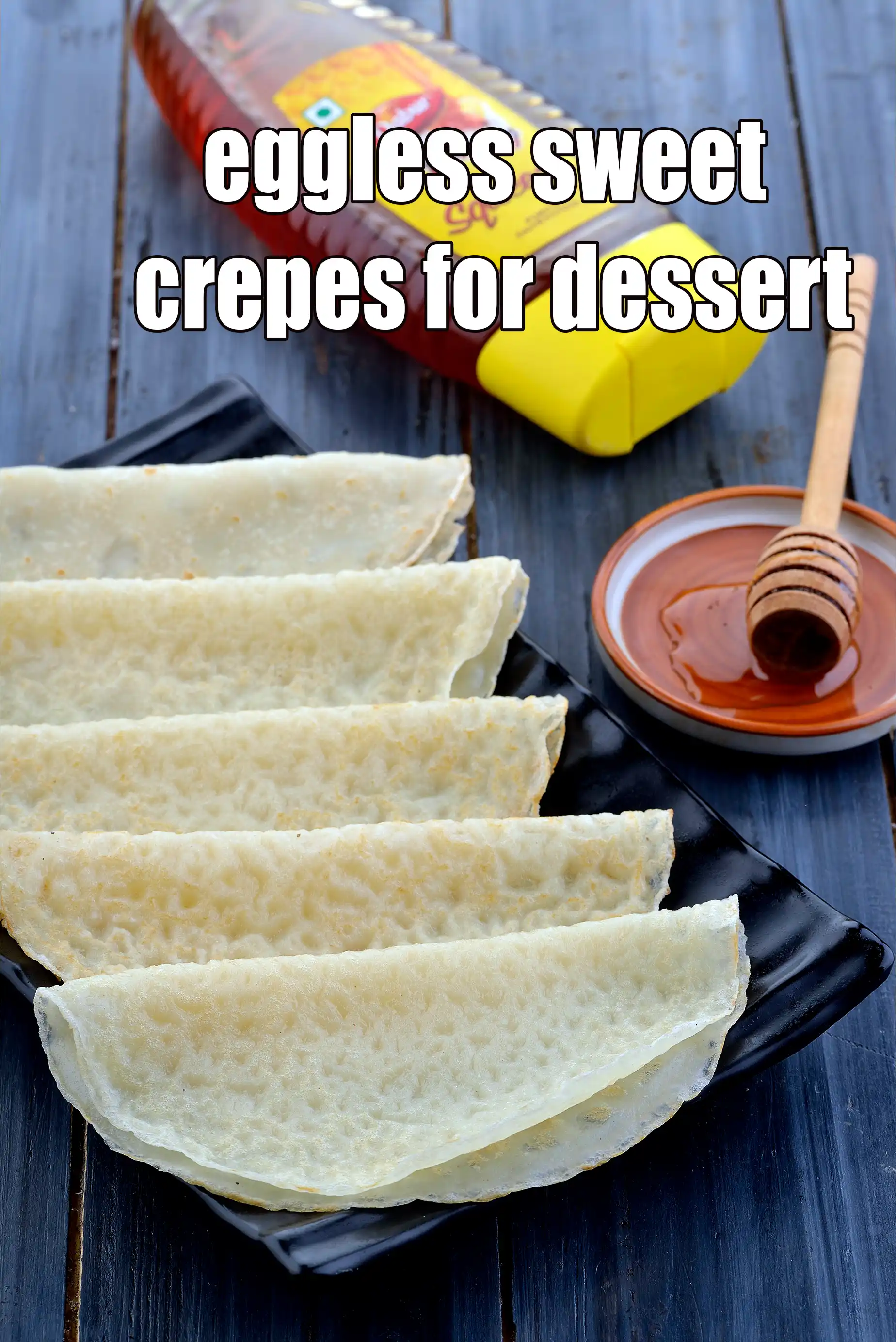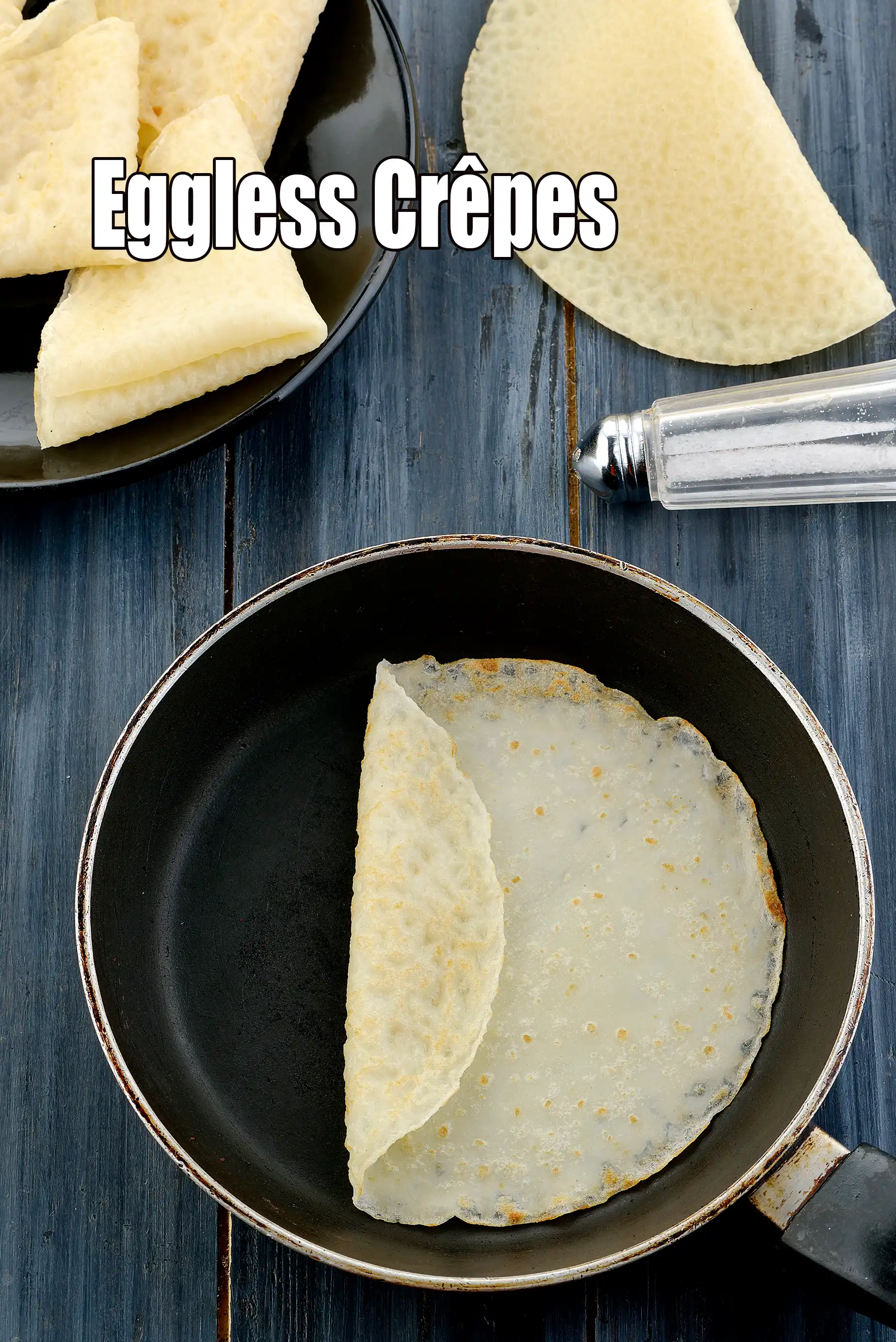You are here: Home> Cuisine > Indian Veg Recipes > North Indian Vegetarian Food > Indian Gajar ka Paratha, Easy Breakfast
carrot paratha recipe | Indian gajar ka paratha | easy breakfast recipe | healthy carrot paratha |
Tarla Dalal
05 December, 2021
Table of Content
carrot paratha recipe | Indian gajar ka paratha | easy breakfast recipe | healthy carrot paratha | with 23 amazing images.
carrot paratha recipe | Indian gajar ka paratha | easy breakfast recipe | healthy carrot paratha is a satiating meal for any time of the day. Learn how to make Indian gajar ka paratha.
To make carrot paratha, combine all the ingredients in a deep bowl and knead into a semi-soft dough using enough water. Divide the dough into 6 equal portions. Roll out each portion into a 150 mm. (6”) diameter circle using a little wheat flour for rolling. Heat a non-stick tava (griddle) and cook it, using 1 tsp of oil, till brown spots appear on both the sides. Repeat steps 3 to 5 to make 5 more parathas. Serve hot with fresh curds.
Game to sink your teeth into a mouth-watering all-in-one paratha? This Indian gajar ka paratha perfectly matches that description. The sweet taste of carrots perked up with crunchy onions and spicy ingredients like ginger and green chillies makes these whole wheat parathas truly awesome.
Healthy carrot paratha is enriched with vitamin A from carrots – a nutrient which helps to maintain a skin health and vision. Together with onions it acts as an antioxidant which helps in reducing oxidative damage and protect organs of the body including the heart. The fibre from whole wheat flour and veggies is an added nutritional boost.
Serve this easy breakfast recipe hot with a glass of juice to make a morning meal and a bowl of fresh curd at lunch time. Also try other yummy recipes like Paushtic Parathas or Cabbage and Dal Parathas.
Tips for carrot paratha. 1. After you knead the dough make the paratha immediately, else the onions will release water and make the dough sticky and difficult to roll. 2. Coriander can be replaced by finely chopped fenugreek leaves or spinach leaves.
Enjoy carrot paratha recipe | Indian gajar ka paratha | easy breakfast recipe | healthy carrot paratha | with step by step photos.
Indian Gajar ka Paratha, Easy Breakfast recipe - How to make Indian Gajar ka Paratha, Easy Breakfast
Tags
Soaking Time
0
Preparation Time
15 Mins
Cooking Time
15 Mins
Baking Time
0 Mins
Baking Temperature
0
Sprouting Time
0
Total Time
30 Mins
Makes
6 parathas
Ingredients
For Carrot Paratha
1 cup grated carrot
1 cup whole wheat flour (gehun ka atta)
1/4 cup chopped coriander (dhania)
1/4 cup finely chopped onion
1/2 tsp finely chopped ginger (adrak)
1 tsp finely chopped green chillies
1 tbsp ghee
salt to taste
whole wheat flour (gehun ka atta) for rolling
6 tsp oil for cooking
For Serving With Carrot Paratha
fresh curd (dahi)
Method
For carrot paratha
- To make carrot paratha, combine all the ingredients in a deep bowl and knead into a semi-soft dough using enough water.
- Divide the dough into 6 equal portions.
- Roll out each portion into a 150 mm. (6”) diameter circle using a little wheat flour for rolling.
- Heat a non-stick tava (griddle) and cook it, using 1 tsp of oil, till brown spots appear on both the sides.
- Repeat steps 3 to 5 to make 5 more parathas.
- Serve the carrot paratha hot with fresh curds.
Indian Gajar ka Paratha, Easy Breakfast recipe with step by step photos
-
-
If you like carrot paratha, then also try other paratha recipes like
- paneer stuffed green pea paratha recipe | matar paneer paratha | healthy paneer green peas paratha | with 39 amazing images.
- pudina paratha recipe | healthy mint paratha | Punjabi pudina paratha | with amazing 24 pictures.
- pizza paratha recipe | cheesy pizza paratha | cheese and vegetable stuffed paratha | with 15 amazing images.
-
If you like carrot paratha, then also try other paratha recipes like
-
- Carrot paratha is made of 1 cup grated carrot, 1 cup whole wheat flour (gehun ka atta), 1/4 cup chopped coriander (dhania), 1/4 cup finely chopped onions, 1/2 tsp finely chopped ginger (adrak), 1 tsp finely chopped green chillies, 1 tbsp ghee, salt to taste, whole wheat flour (gehun ka atta) for rolling and 6 tsp oil for cooking.
-
-
Clean and wash the carrots. Make use of tender, juicy and firm red carrots.
-1-194801.webp)
-
Peel it using a scraper and discard the skin. To get 2 cups of grated carrot we have used 4 medium-sized carrots.
-2-194801.webp)
-
Grate the carrots using a box grater. You can use the shredding disc on your food processor but do not grind the carrots in a blender. Keep aside.
-3-194801.webp)
-
Clean and wash the carrots. Make use of tender, juicy and firm red carrots.
-
-
For the dough of carrot paratha recipe | Indian gajar ka paratha | easy breakfast recipe | healthy carrot paratha, add 1 cup grated carrot in a deep bowl. Carrots have the nutrient Beta Carotene which is a form of Vitamin A, helps prevent deterioration of the eye as one gets older and prevents night blindness. Carrot is great for the eyes.They relieve constipation, lower blood pressure, have fibre and lower cholesterol. Read the 11 super benefiits of carrots and why to include in your daily diet.
-1-194802.webp)
-
Add 1 cup whole wheat flour (gehun ka atta). Whole wheat flour is excellent for diabetics as they will not shoot up your blood sugar levels as they are a low GI food. Whole wheat flour is rich in Phosphorus which is a major mineral which works closely with calcium to build our bones. Vitamin B9 helps your body to produce and maintain new cells, especially increase red blood cells. See detailed 11 benefits of whole wheat flour and why it's good for you.
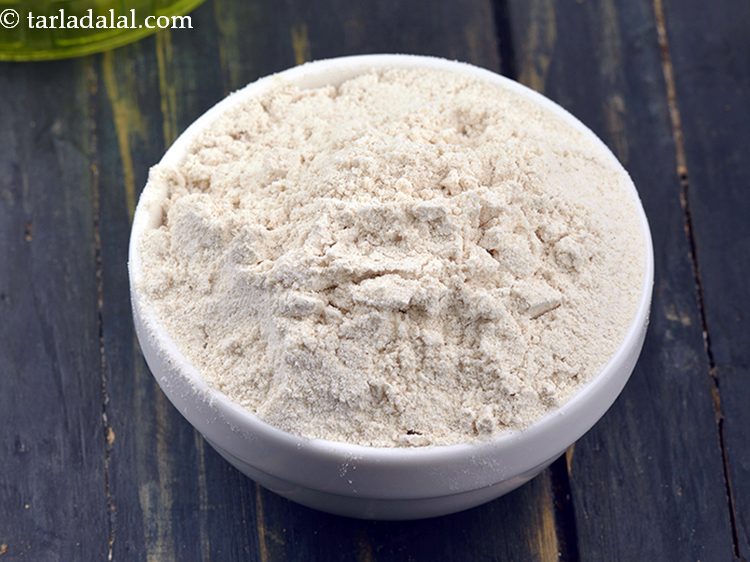
-
Add 1/4 cup chopped coriander (dhania). Coriander is a fresh herb often used as a flavour enhancer in Indian cooking. It is mainly used as a garnish. This is the best way to use it - no cooking. This preserves its vitamin C content which helps to build our immunity and bring that sparkle to the skin. The antioxidants vitamin A, vitamin C and the quercetin present in coriander works towards strengthening our immune system. Coriander is a fairly good source of iron and folate – the 2 nutrient which help in the production and maintenance of red blood cells in our blood. Good for reducing cholesterol and good for diabetics. Read 9 benefits of coriander to understand details.
-3-194802.webp)
-
Add 1/4 cup finely chopped onions. Raw onions are a very valuable source of vitamin C – the immune building vitamin. Along with other phytonutrients from onions, it helps to build WBC (white blood cells) which serves as a line of defence against illness. Yes, it’s a source of many antioxidants, the most important one amongst them being Quercetin. The quercetin in Onions promotes production of HDL (good cholesterol) and lowers total cholesterol in the body. The sulphur in onions act as a blood thinner and prevents blood clotting too. This in turn would lower blood pressure and good for heart, diabetics. Read the benefits of onions.
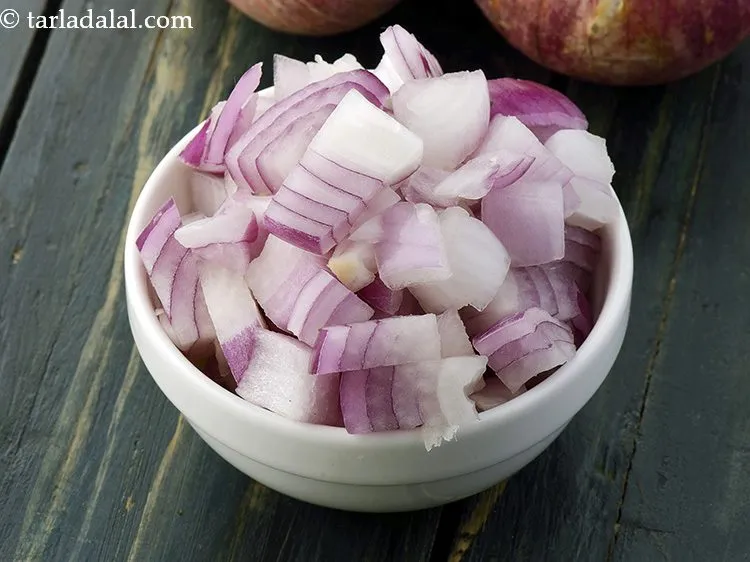
-
Add 1/2 tsp finely chopped ginger (adrak). Ginger is an effective cure for congestion, sore throat, cold and cough. It aids digestion and relieves constipation. Ginger was found as effective as drugs in relieving menstrual pain. Ginger is effective in decreasing the cholesterol levels in patients with high cholesterol. Ginger significantly reduces symptoms of nausea in pregnant ladies. See here for 16 Super Health Benefits of Adrak, Ginger.

-
Add 1 tsp finely chopped green chillies. Antioxidant vitamin C in green chillies protects the body from effects of harmful free radicals and prevents stress. It is probably the high fiber which helps in controlling blood sugar levels. This it is a welcome addition to a diabetic diet. Suffering from anaemia? Add green chillies to your list of iron rich foods too. For complete details see benefits of green chilli.

-
Add 1 tbsp ghee. Other than calories and fats, the only nutrients that ghee is rich in are the vitamins – all of which are fat-soluble. All the 3 vitamins (Vitamin A, Vitamin E and Vitamin K) are antioxidants which have a role in removing free radicals from the body and protecting our cell as well as help in maintaining skin health and glow. Ghee is loaded with fats but that’s medium chain fatty acids (MCT) which aid in weight loss. Ghee is healthy for daibetics in small amounts. Learn to easily make your ghee at home which is free of preservatives. See benefits of ghee.
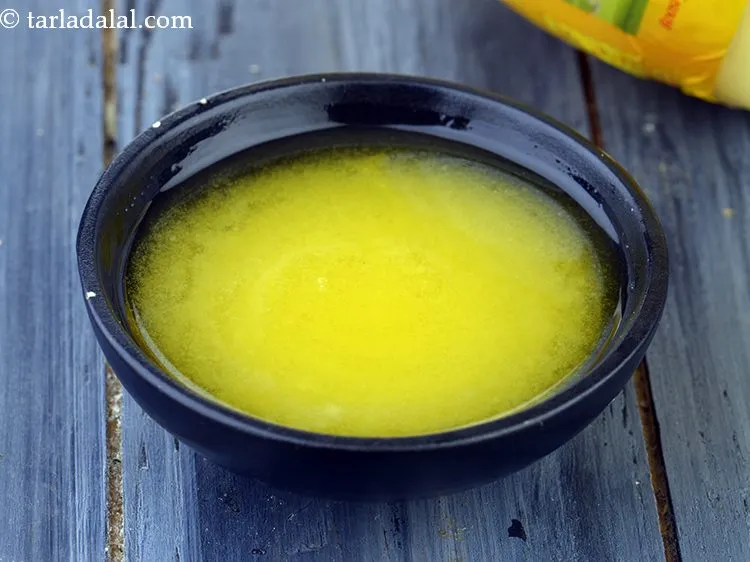
-
Add salt to taste.

-
Add enough water.
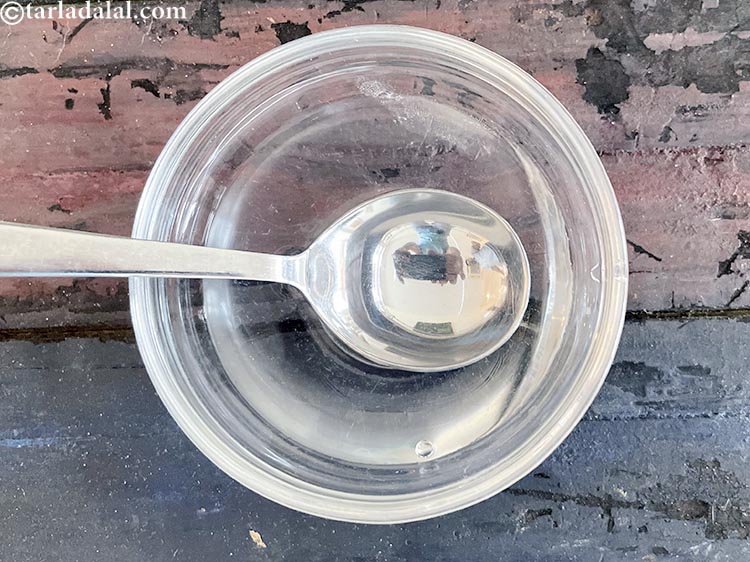
-
Mix well and knead into a semi-soft dough using enough water.
-10-194802.webp)
-
For the dough of carrot paratha recipe | Indian gajar ka paratha | easy breakfast recipe | healthy carrot paratha, add 1 cup grated carrot in a deep bowl. Carrots have the nutrient Beta Carotene which is a form of Vitamin A, helps prevent deterioration of the eye as one gets older and prevents night blindness. Carrot is great for the eyes.They relieve constipation, lower blood pressure, have fibre and lower cholesterol. Read the 11 super benefiits of carrots and why to include in your daily diet.
-
-
To make carrot paratha recipe | Indian gajar ka paratha | easy breakfast recipe | healthy carrot paratha, divide the dough into 6 equal portions.
-1-194803.webp)
-
Roll out each portion into a 150 mm. (6”) diameter circle using a little wheat flour for rolling.
-2-194803.webp)
-
Heat a non-stick tava and place the rolled roti on it.
-3-194803.webp)
-
Cook the roti on one side till light brown spots appear on the side below.
-4-194803.webp)
-
Flip the roti and cook it using 1 tsp of oil or ghee till golden brown spots appear on both the sides.
-5-194803.webp)
-
Carrot paratha recipe | Indian gajar ka paratha | easy breakfast recipe | healthy carrot paratha is ready after cooking. Repeat steps 3 to 5 to make 5 more parathas.
-6-194803.webp)
-
Serve carrot paratha recipe | Indian gajar ka paratha | easy breakfast recipe | healthy carrot paratha hot with fresh curds.
-7-194803.webp)
-
To make carrot paratha recipe | Indian gajar ka paratha | easy breakfast recipe | healthy carrot paratha, divide the dough into 6 equal portions.
-
-
After you knead the dough make the paratha immediately, else the onions will release water and make the dough sticky and difficult to roll.
-1-194804.webp)
-
Coriander can be replaced by finely chopped fenugreek leaves or spinach leaves.
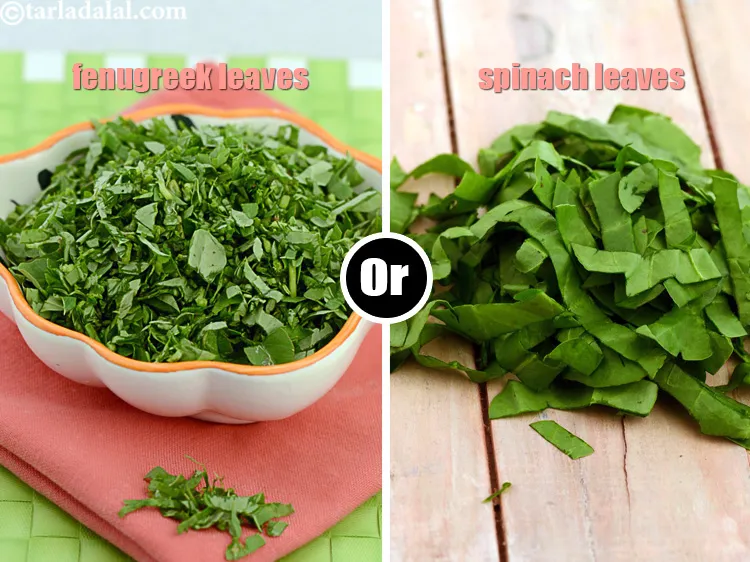
-
After you knead the dough make the paratha immediately, else the onions will release water and make the dough sticky and difficult to roll.
-
-
Healthy Carrot Paratha – a healthy breakfast.

- Use of whole wheat flour adds fibre which helps to add satiety.
- Fibre is also a key nutrient needed to maintain digestive health.
- From cleaning your teeth, to keeping your eyes sharp and skin glowing, carrots have many popular health benefits.
- The sulfur compounds in spring onions are known to keep blood pressure under check.
-
Diabetics, heart patients, obese people, women with PCOD and those suffering from high blood pressure can relish these parathas.
-
Healthy Carrot Paratha – a healthy breakfast.
Nutrient values (Abbrv)per plate
| Energy | 136 cal |
| Protein | 2.4 g |
| Carbohydrates | 14.7 g |
| Fiber | 1.1 g |
| Fat | 7.5 g |
| Cholesterol | 0 mg |
| Sodium | 9.6 mg |
Click here to view Calories for Indian Gajar ka Paratha, Easy Breakfast
The Nutrient info is complete

Priti Patel
Sept. 11, 2020, 8:13 a.m.
Hi Everybody loved the Paratha . Very Simple n awesome recipe. Thanks _x0001F60A_

Caru
April 30, 2017, 10:32 p.m.
Very good recipe , fast and practical. Made it without onions, just put a bit of hing instead.

Vanshika
May 19, 2016, 6:58 a.m.
Recipe looks amazing but what can I use as a substitute for onions?
Tarla Dalal
May 19, 2016, 6:58 a.m.
You can avoid onions or substitute them with other vegetables like mint leaves, cabbage etc.

Megha
May 12, 2016, 10:56 a.m.
Simple and awesome paratha recipe
Tarla Dalal
May 12, 2016, 10:56 a.m.
Megha, thanks for the feedback. Happy cooking.

lucia
April 27, 2016, 7:05 p.m.
the paratha is very good, and pls send more of d recipe OK thank u

Foodie #651758
March 25, 2016, 9:22 a.m.
Simple and awesome recipe... just loved it

Rehea
Dec. 26, 2014, 12:05 p.m.
carrot all in one paratha.. really amazing recipe.. great for kids tiffin.. it has mild sweetness of the carrots.. which is just perfect..










-16329.webp?w=150&format=webp)







